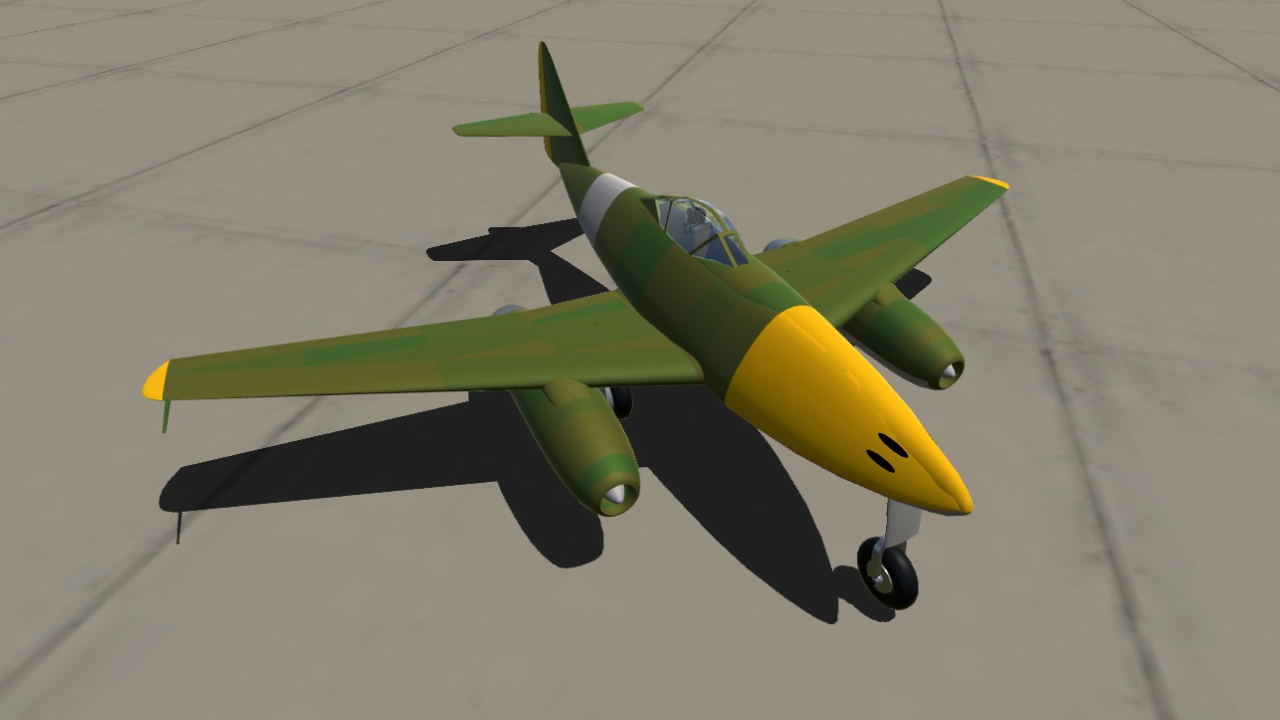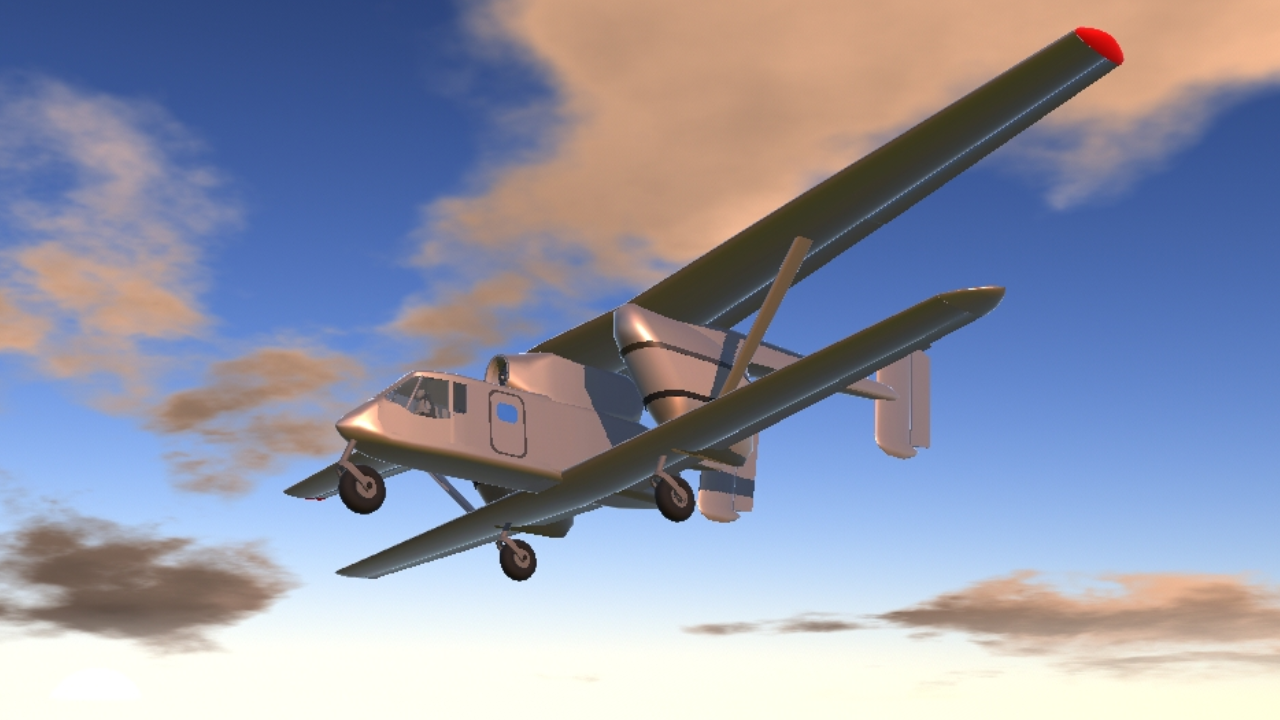
The first production Mirage 2000C (C for chasseur, "fighter") flew on 20 November 1982. The only dual-seat Mirage 2000B of the test programme first flew on 11 October 1980. Although three prototypes were ordered in December 1975, Dassault constructed an additional fourth single-seat demonstrator for its own purposes, which embodied lessons on the earlier aircraft, namely the reduction in fin height and an increased fin sweep, redesigned air inlets, and an FBW system. After 400 hours of flight, they were sent to Centre d'Essais en Vol, flight tests centre. 03 made its first flight in April 1979 equipped with a complete weapons system, it was used for radar and weapons trials. Due to a flame-out while on a landing approach, the aircraft was lost in May 1984. The aircraft was to test some of the avionics systems and the carriage of weapons. 02, made its 50-minute first flight in September 1978 at the controls of Maurourd. Later tests showed that the aircraft could attain 30° AoA while carrying fuel tanks and weapons. On the other end of the speed spectrum, the Mirage 2000 proved to be a capable low-speed aircraft, as demonstrated at the Farnborough Airshow in September 1978, during which Dassault pilot Guy Mitaux-Maurourd raised the aircraft's nose to 25° angle of attack (AoA) as the aircraft slowed to 190 km/h (100 kn). By the end of May, the aircraft had surpassed Mach 2 and an indicated airspeed of 1,200 kilometres per hour (650 kn). During the 65-minute flight, Coureau took the aircraft to Mach 1.02 without afterburner, before climbing to more than 12,000 m and accelerating the aircraft to Mach 1.3.

01 made its first flight on 10 March 1978, a mere 27 months after the programme go-ahead. 01, though, was hand built at St Cloud, before being moved to Dassault's Istres facility for assembly. The wings were built at Martignas, and the fuselages were fabricated at Argenteuil (NW of Paris), with final assembly taking place at Bordeaux-Merignac. The production of the Mirage 2000 involved three construction sites, two of which located in Bordeaux, that specialised in different components. This was a return to the first-generation Mirages, but with several important innovations that tried to solve their shortcomings. The first aircraft was to be delivered in 1982. The aircraft's primary role was interception with a secondary ground-attack capability the AdA had a commitment for 200 aircraft. The AdA in March 1976 issued a set of official requirements whose parameters matched those of Dassault's performance estimates of the new fighter. At the same National Defence Council meeting, a redesignated Mirage 2000 was offered to the AdA, and three prototypes were ordered. The ACF was a strike aircraft first and an interceptor second, while the Delta 2000 was the reverse, but the single-engine Delta 2000 was much more affordable. Consequently, during a meeting of the National Defence Council on 18 December 1975, the Super Mirage was cancelled.


As such, Dassault redesigned the Mirage G8 into the two-engine Super Mirage G8A that would prove to be ambitious and expensive, being two and a half times the price of the Mirage F1 and over-engineered, especially compared to the F-16 that had just won orders from a number of European countries. The AdA wanted a Mach 3 fighter, not an interdictor aircraft incapable of dogfighting that was the Mirage G8. The Mirage G8, which was envisioned as the "Avion de Combat Futur" (ACF or Future Combat Aircraft) of the French Air Force ( Armee de l'Air, AdA), did not align with the service's conception of its future aircraft. Dassault was devoting considerable attention to the Mirage G8A, a fixed-geometry derivative of the Mirage G8 that served as the competitor to the Panavia Tornado.

The Mirage 2000 started out as a secondary project tentatively named "Delta 1000" in 1972. The design was expected to materialise in the Mirage G8, which would serve as the replacement for the popular Mirage III in French Air Force service. Dassault instead focused on its own variable-geometry aircraft, the Dassault Mirage G experimental prototype. Two years later, France withdrew from the project on grounds of costs, after which Britain would collaborate with West Germany and Italy to ultimately produce the Panavia Tornado. The origins of the Mirage 2000 could be traced back to 1965, when France and Britain agreed to develop the "Anglo-French Variable Geometry" ( AFVG) swing-wing aircraft.


 0 kommentar(er)
0 kommentar(er)
